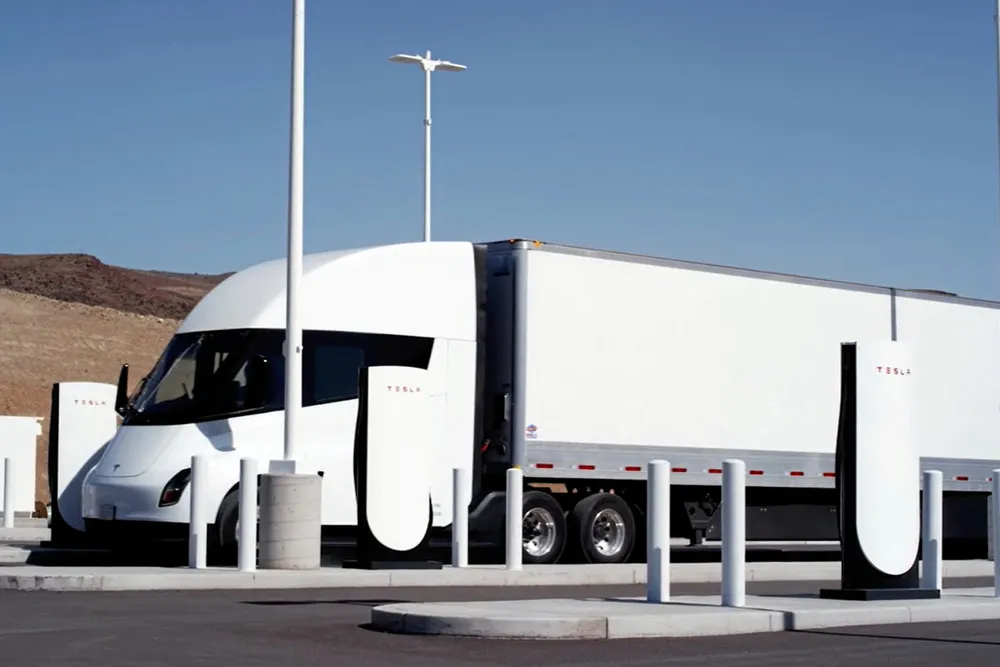OPINION | 'Battery-electric trucks will be three times cheaper to run than hydrogen models and be able to perform all the same tasks'
Fleet operators will 'vote with their cheque books' and reject fuel-cell freight vehicles, writes Professor David Cebon, director of the Centre for Sustainable Road Freight at the University of Cambridge
